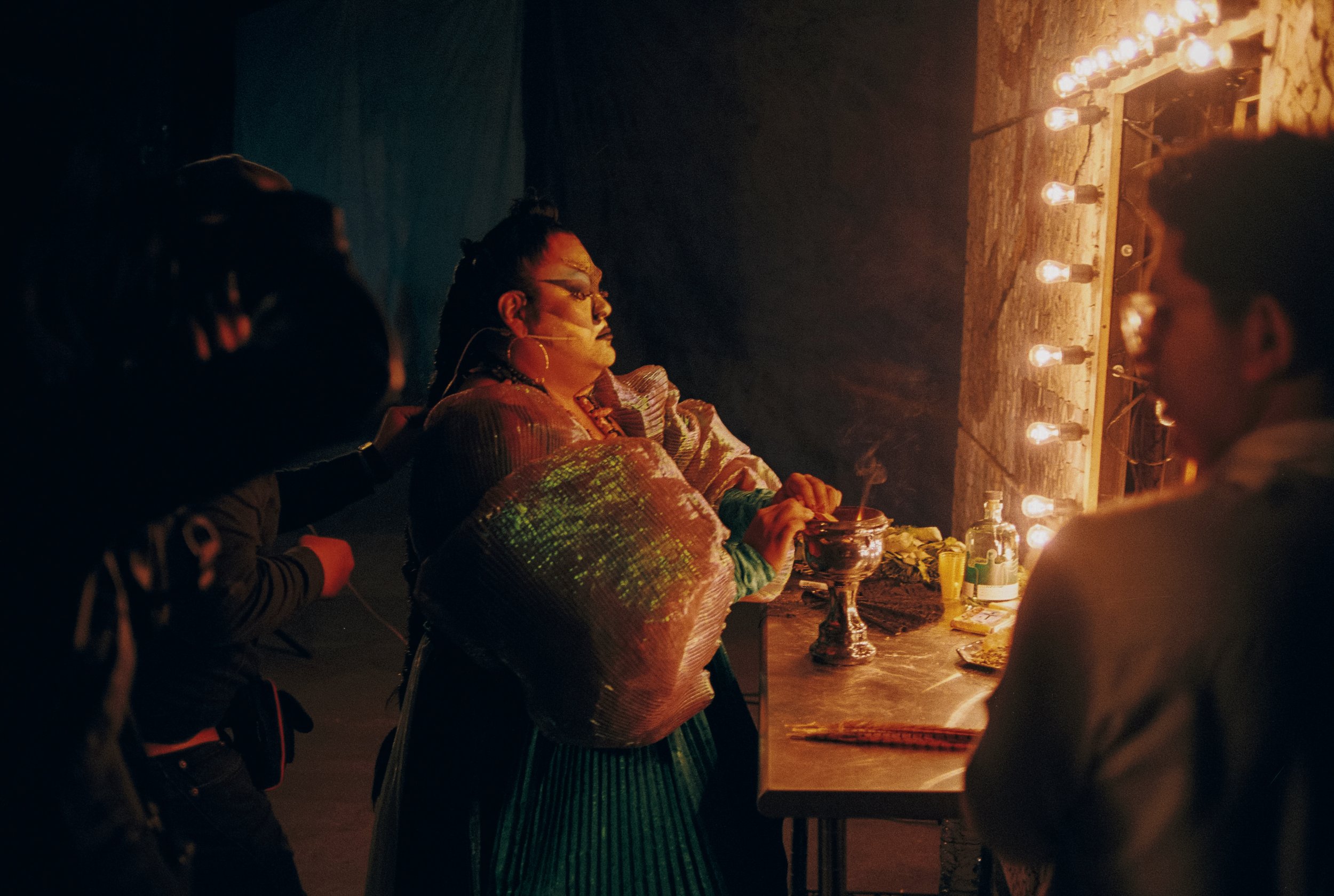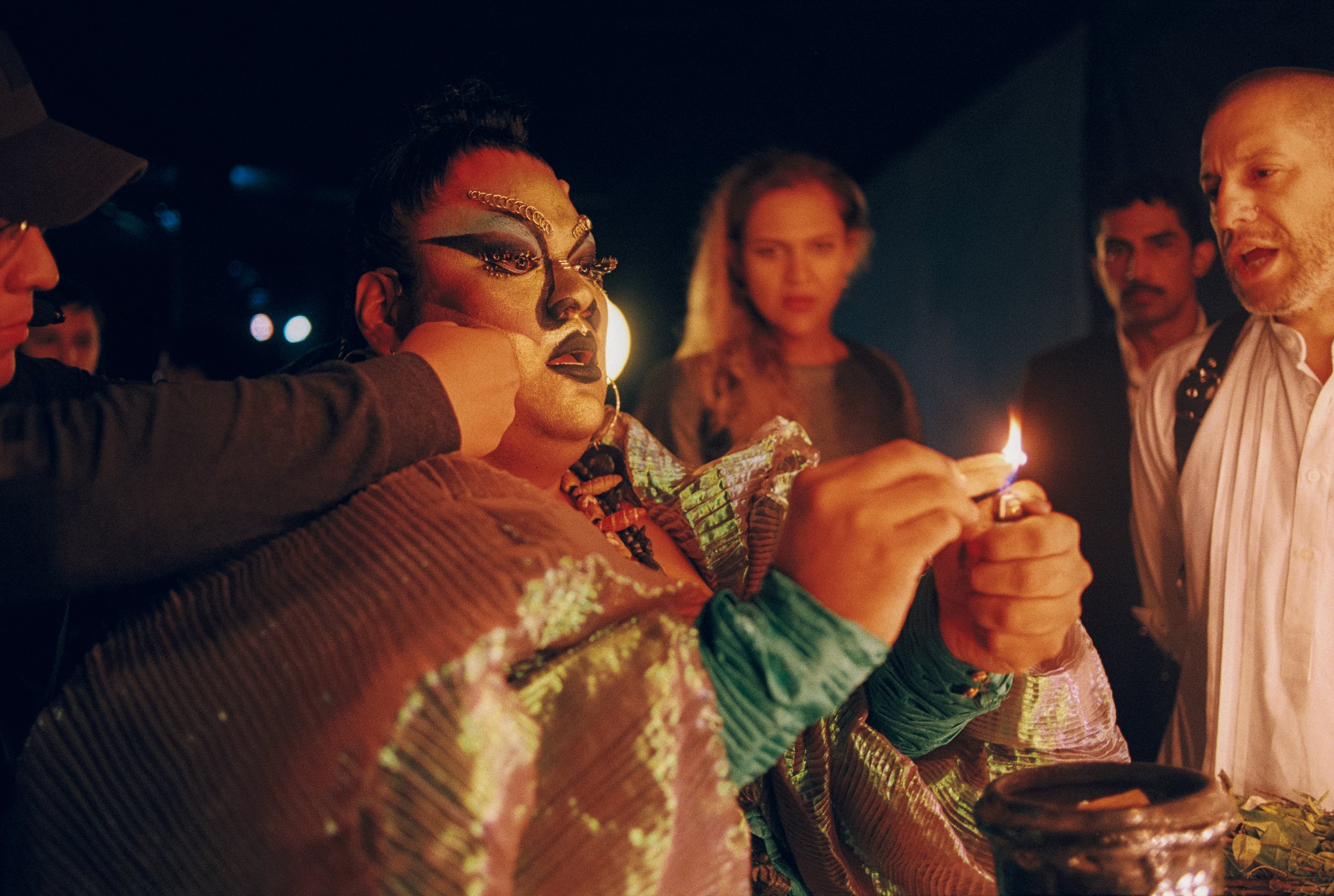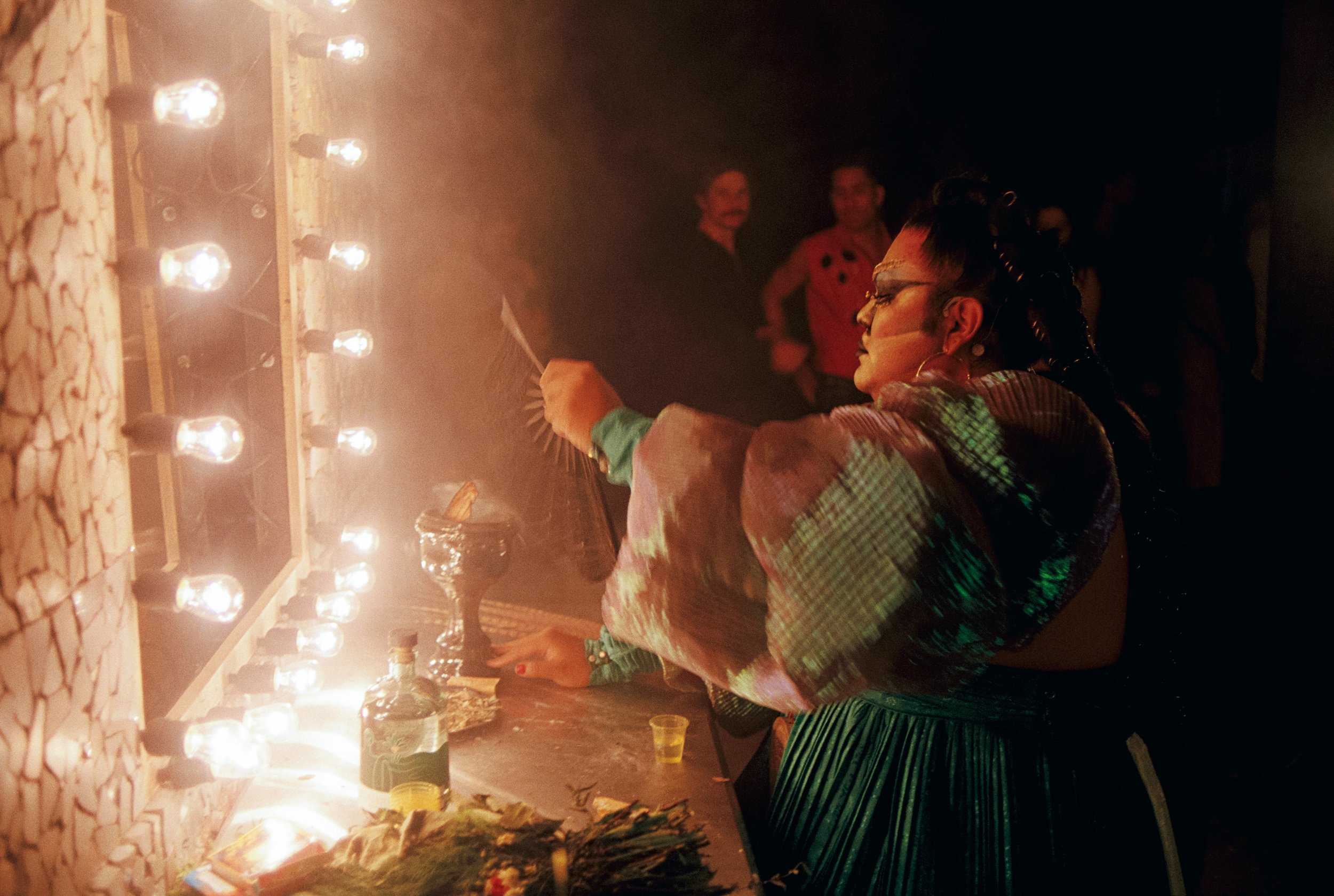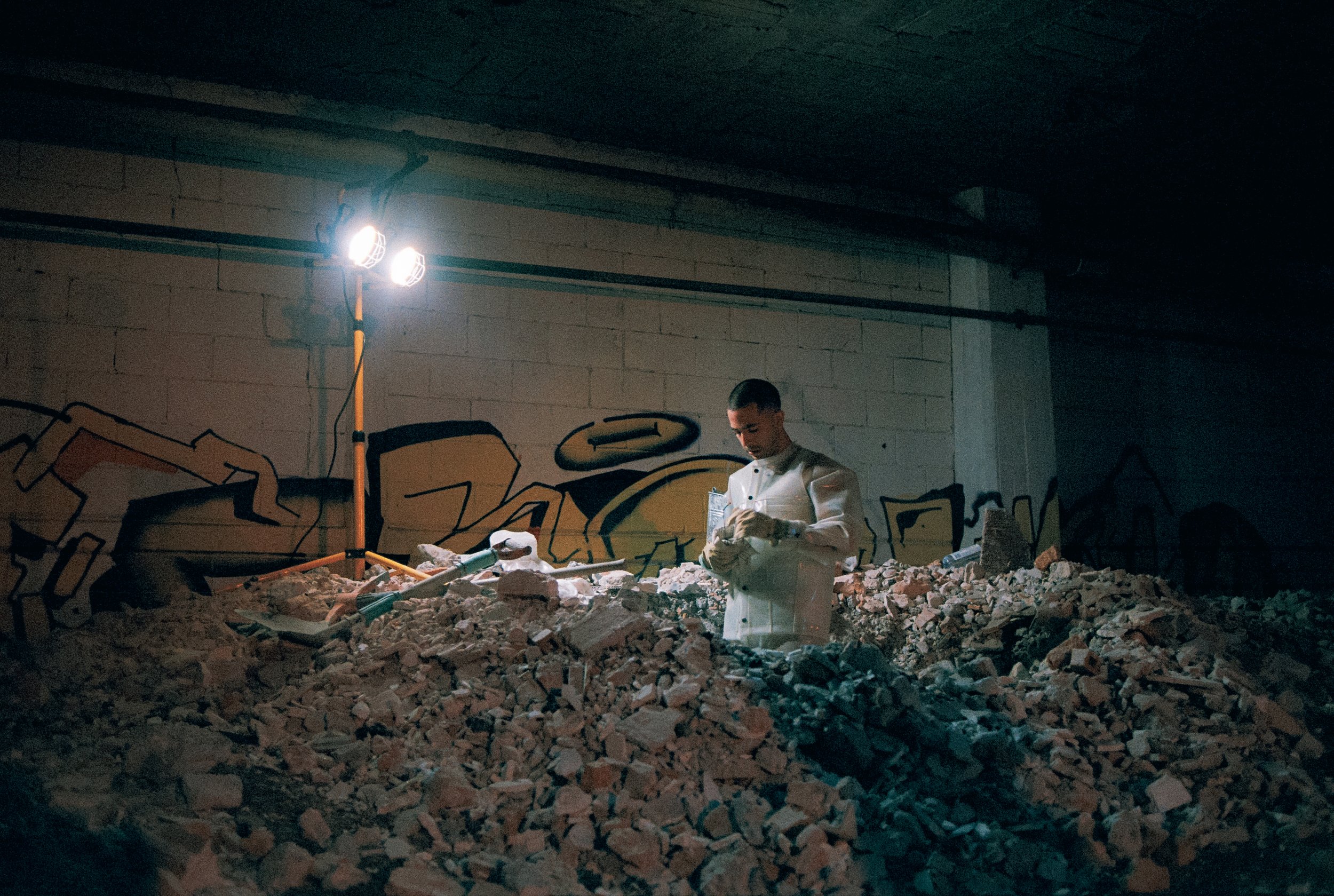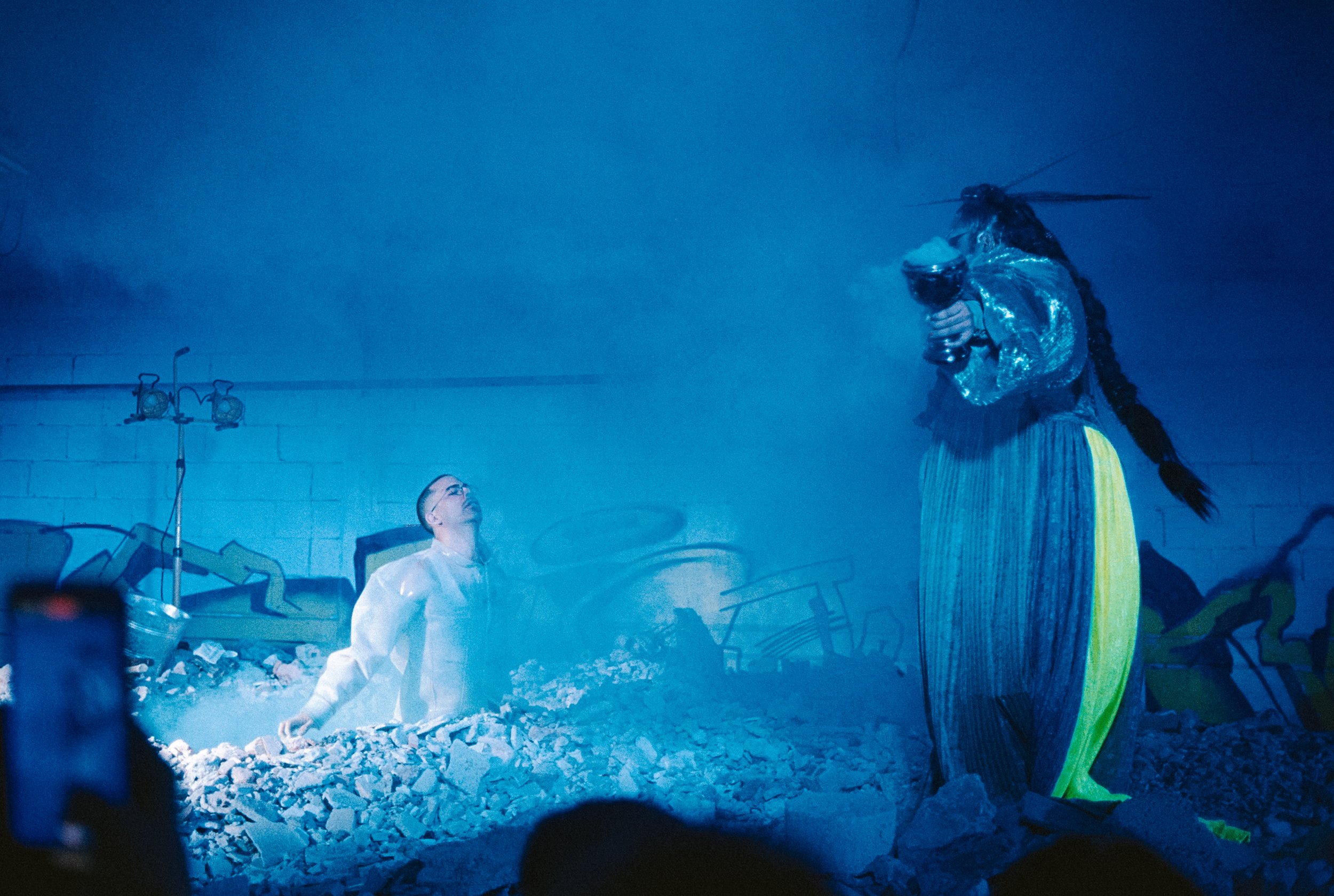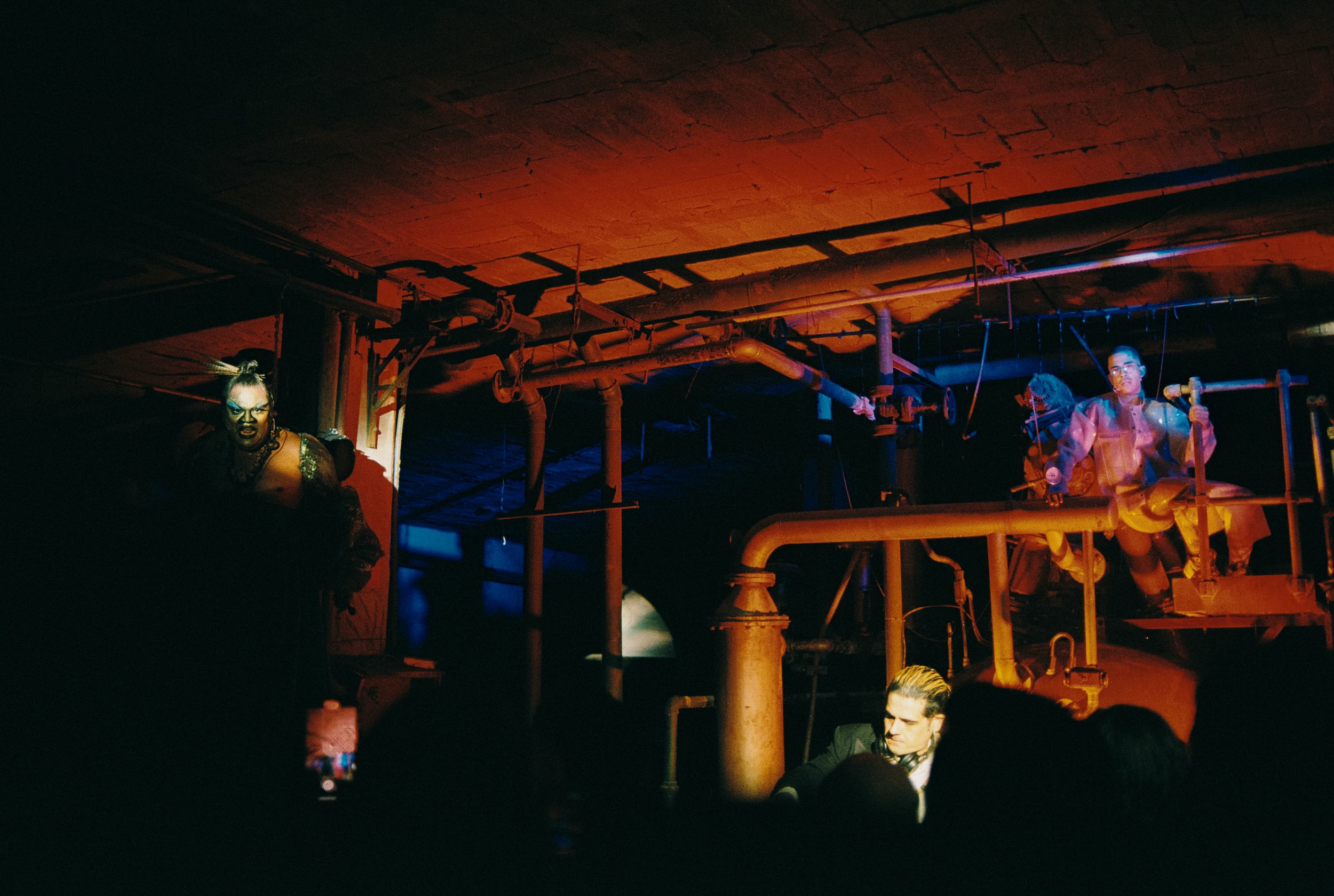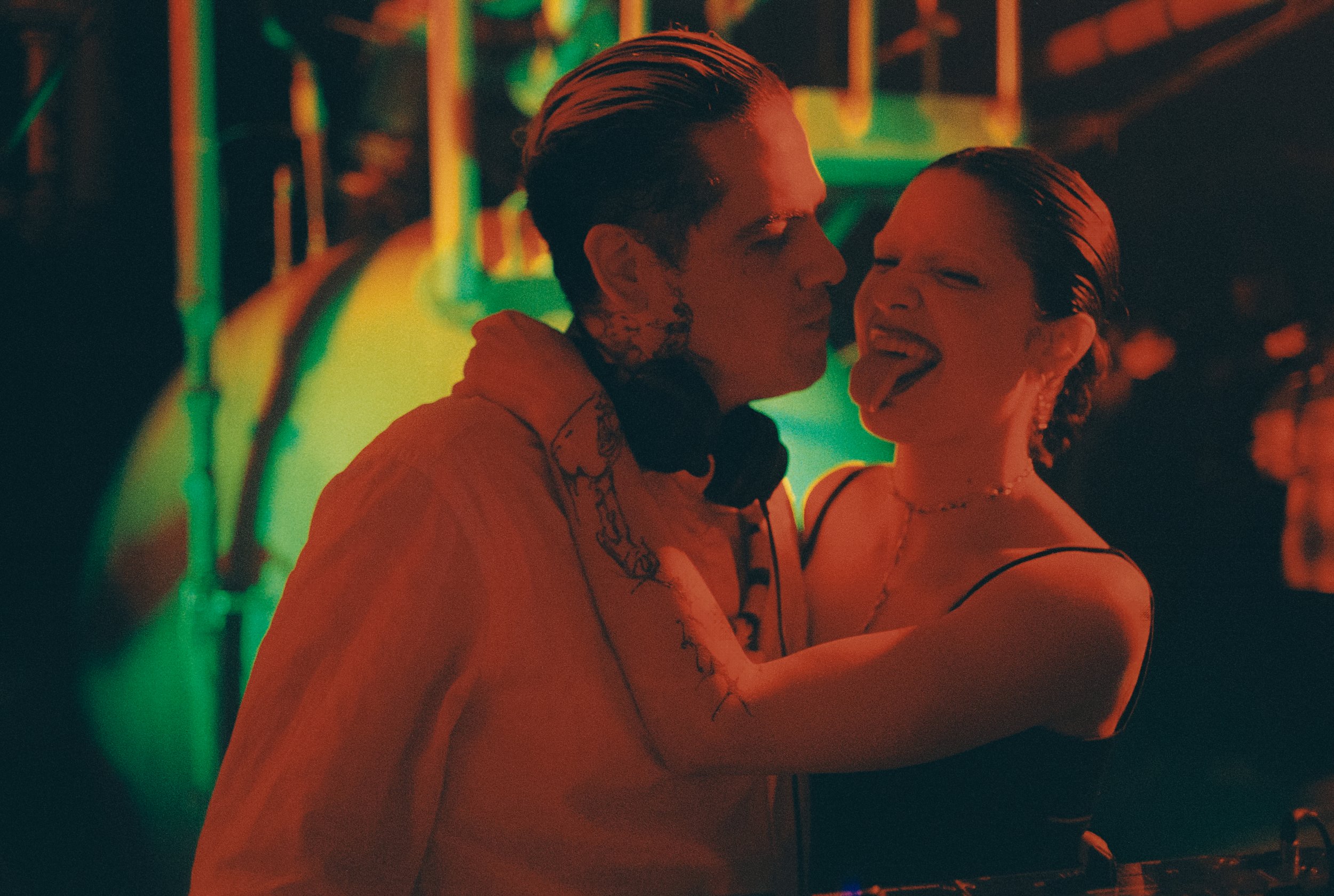TONO
In conversation with curator Samantha Ozer
Samantha Ozer is making waves in the art world with her multidisciplinary approach to curation. From working with renowned institutions such as MoMA to founding her own festival in Mexico City, Ozer’s journey has been nothing short of remarkable. In our conversation, she takes us through the steps that led her to where she is today and shares insights into her curatorial practice, particularly when it comes to time-based art. We discuss the inspiration behind her latest project, TONO, and how she overcomes the challenges of curating an event of such scale. With her unique perspective and deep understanding of contemporary culture, Ozer provides a unique insight into the world of curation and what it takes to create successful and impactful exhibitions.
Writer, curator and now artistic director and founder of TONO. Tell us about your creative journey. What are the steps and main events that have led you to where you are?
I have always been interested in multidisciplinary practices and ways of working. While I studied art history in university, I sought out other disciplines–whether that be biology, technology, music, architecture, design, etc. My first job was working with Paola Antonelli, Senior Curator of Architecture & Design and Director Research & Development at the Museum of Modern Art, New York (MoMA) on organizing her salon series. We would host monthly-ish panel discussions that brought artists and designers in conversation with traditionaly “non-art museum” people, whether that be other cultural leaders, people in public policy, scientists, chefs, activists, AI experts to discuss topical issues, such as the “White Male,” “Hair,” “Dependency,” “Angels,” etc. While Paola was a design curator and I was still very much interested in a future curatorial career in contemporary art, her approach to structuring a conversation to include a multitude of voices and expanding the expected questions of a certain field deeply informed my curatorial practice.
While at MoMA, I was a member of the PopRally committee where I proposed and planned events, such as a performance with Sam and Andy Rolfes and Phasmahammer that was followed by a live set by the techno producer and DJ Aurora Halal and an immersive theatre evening in collaboration with the Andrew Freedman Home in the Bronx that culminated on the mansion’s rooftop with a party hosted by Pauli Cakes and DJ She Marley Marl, featuring DJ sets by BRUJAS with DaDa Coz and gnarianna, DJ Red Alert, and Grandmaster Caz. Following MoMA, I worked as a curatorial assistant at MoMA PS1 in a more traditional curatorial museum role that involved supporting the chief curator–conducting research, speaking with artists, writing texts, etc. While I had always maintained a writing practice and contributed to publications such as Artforum, PIN-UP, Texte zur Kunst, amongst others, it was after leaving MoMA PS1 that I focused on independent curatorial projects, eventually leading me to Mexico City.
#ATLACOYA Agua Triste del Lago de Texcoco
TONO is a new festival in Mexico City for time-based artwork, including dance, performance, music, and video art. What was the drive behind wanting to set up the festival? And why did you opt for Mexico City?
TONO is very much a product of Mexico City and my experiences of organising projects here and the current art scene. Mexico City has an incredible art community, with many commercial galleries, a range of institutions, and a lot of artists living here and many now moving here or very interested in presenting their work here. When I was working at MoMA, I would come down for Zsonamaco week, Latin America’s biggest art fair, and immediately was interested in the projects people were working on and how open people seemed for collaboration. When I found myself living here for a few months while in a grad program, I ended up collaborating with Toni Sadurní from Nordenhake Gallery on a screening series that brought together an incredible intergenerational and international group of artists, from Yang Fudong, Tuan Andrew Nguyen, Himali Singh Soin, and Basma Alsharif to WangShui, Karrabing Film Collective, Cécile B. Evans, and Kiluanji Kia Henda, amongst others. From there, the artist Alejandro Chellet invited me to curate a performance program he had begun developing at Ex Teresa Arte Actual. From these experiences, I started speaking with more artists and curators about growing a project and in August I formally reached out to the first museum to gauge their interest.
“While some people have an initial reaction of not understanding video work, it’s the medium that in our daily lives we interact with and are actually quite fluent in.”
The festival focuses on time-based art. Tell us more about it: how would you define this genre and what makes it particularly relevant within contemporary culture?
Time-based work generally refers to artwork that represents time or duration. For me, I tend to further define this as artwork in which the artist dictates the time a viewer should spend with the work. So with a painting, sculpture, or photograph the time asked to be spent with the work is more open or unclear; however, with a video, performance, film, or sound piece, that artist, by the nature of the duration of the work, has told the viewer how long they should spend with the work. Of course, you don’t need to stay in the room; however, if something in the work pulls you in, I think it’s pretty powerful to respect what the artist and the work asks of you and to offer your time. In terms of contemporary culture, I think in recent years the artists asking the most interesting questions tend to work in these mediums. And on a cultural and practical level, I think video is very much the medium of our time. Most people today have a smart phone and use or have at least seen Instagram, YouTube, TikTok, etc., so while some people have an initial reaction of not understanding video work, it’s the medium that in our daily lives we interact with and are actually quite fluent in.
Cecilia Bengolea – Shelly Belly Inna Real Life
What’s your approach when it comes to curating an event such as TONO? What are the main challenges when it comes to curation? And how do you overcome them?
My approach to curation is quite intuitive. Of course there are general themes and questions I’m interested in and continue to develop; however, I tend to put a lot of trust in artists and try to give them space to shape a piece. Several artists in TONO I have worked with before, such as Lotte Andersen who I’ve presented existing work as well as developed new commissions, as well as Paloma Contreras Lomas, Garush Melkonyan and Luiz Roque. For others, I had already been in conversation with and TONO presented as the first opportunity where it made sense to work together. I’m also excited that some TONO artists made suggestions and introductions for artists in the program–so in that sense the curation is very rhizomatic. On a practical level, TONO is a large-scale project that involves many partners and venues so some decisions were logistical and many things needed to change. While we have two incredible evenings that focus around music, an initial plan was to have an entire music program throughout both weekends. Unfortunately, one of our museum partners was unable to host this programming in the end. However, we were able to collaborate with Cafe Sismo this past Friday on a beautiful night curated by Kebra that featured a range of artists from experimental musicians such as Mabe Fratti and Hector Tosta to a set by Monkey Junkie Funky. So in this instance and in many other moments of obstacles, I needed to have strong communication with my collaborators and be flexible and re-orient–whether it was a video or performance that made more sense being presented in a different venue than initially imagined or in the most unexpected instance, needing to change the date of a performance because of a free Rosalía concert happening in the same area that would shutdown access to this neighbourhood.
Santiago Gómez, Global Warming
We are particularly interested in the video art programme. What are you most excited about?
All of the work is brilliant, though what I am really drawn to in all of these works is the artists’ use of music and movement–whether an illustrative strategy of the image or vice versa. There’s been a continued attention in the art world of video work that I find incredibly didactic and often devoid of poeticism and seduction. I’m really excited by these works because from an immediate perspective the use of sound draws you in and they are proof that visual allure does not have to be divorced from conceptual rigor and political engagement. Many address heavy issues such as climate change, racial violence, state violence, immigration, colonialism, sexuality, faith, revolution, though use a visual and sonic language that makes you want to stay with the work and in many instances move–whether to the beat of reggaeton, gospel music, dancehall, or techno, amongst others.
While in many ways the videos are geographically specific, they overlap in really exciting ways. For example, Santiago Gómez’s Global Warming (2020) takes the form of a video essay to look at the history of reggaeton and neo-perreo and to pair the virality of the genre with rising temperatures and climate change. At one point, his narrator wonders if the self-knoweldge of Carl Sagan and the cosmos would be arrived at through perreo. This questioning references, the Golden Records, a couple of records launched into space by NASA, on mission led by Sagan, in 1977 containing sounds and images selected to portray human civilization and intended for extraterrestrial life that may find them. The Golden Records are the prompt for Garush Melkonyan’s new video Cosmovisión (2023) that imagines what would happen if alien life did find them and what they would think of human civilization. Filmed at a former space station in Armenia, the video is a poetic exploration into human life and communication, through the lens of music and imagery.
What’s next for Tono?
The plan is to continue hosting TONO festival in Mexico City–I am excited to already be speaking with several artists about the second edition. However, we also have plans for TONO to travel in the form of specific exhibitions and performances, and if it makes sense in a another city, to host a festival format.


